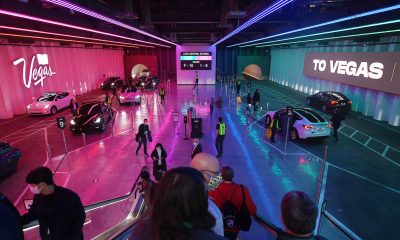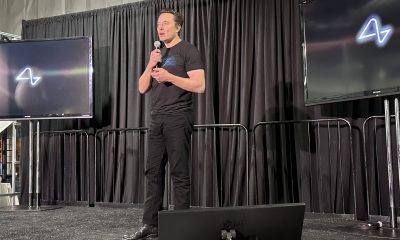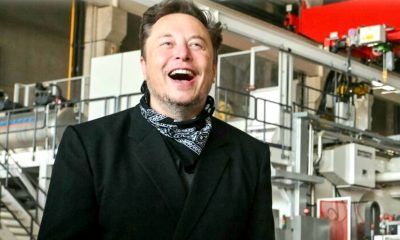Elon Musk
xAI supercomputer faces lawsuit over air pollution concerns
NAACP & environmental groups are suing Elon Musk’s xAI over turbine emissions at its Colossus supercomputer site.

The xAI supercomputer, Colossus, faces a potential lawsuit from the NAACP and the Southern Environmental Law Center over pollution concerns tied to its gas-powered turbines. The facility has sparked debate over its environmental impact versus economic benefits.
The xAI data center has been operational since last year. The company used pollution-emitting turbines without an air permit, citing a 364-day exemption. Southern Environmental Law Center attorney Patrick Anderson disputed xAI’s exemption, stating: “there is no such exemption for turbines — and that regardless, it has now been more than 364 days.”
The groups issued a 60-day notice of intent to sue under the Clean Air Act, challenging xAI’s permit application under review by the Shelby County Health Department.
According to AP, critics argue the turbines emit smog, carbon dioxide, nitrogen oxides, and formaldehyde, worsening health risks in an area with cancer rates four times the national average.
“The permit itself says emissions from the site ‘will be an area source for hazardous air pollutants,’” the Southern Environmental Law Center noted, alleging Clean Air Act violations.
Opponents claim xAI installed up to 35 turbines—exceeding the 15 requested—without community oversight, straining Memphis’s power grid.
xAI responded: “The temporary power generation units are operating in compliance with all applicable laws.”
The company highlighted its economic contributions, including billions in investments, millions in taxes, and hundreds of jobs. At an April community meeting, xAI’s Brent Mayo underscored that the “tax revenue will support vital programs like public safety, health, human services, education, firefighters, police, parks, and so much more.” He projected that xAI would generate over $100 million in tax revenue by next year. The company is also investing $35 million in a power substation and $80 million in a water recycling plant.
Additionally, xAI is transitioning to sustainable power, particularly Tesla Megapacks. It is actively working on demobilizing the gas turbines.
“The temporary natural gas turbines that were being used to power the [xAI’s] Phase I GPUs prior to grid connection are now being demobilized and will be removed from the site over the next two months,” shared the Greater Memphis Chamber. xAI brought Tesla Megapack batteries and a 150-megawatt substation online earlier this year.
Despite xAI’s expansion to a second 1-million-square-foot site, the lawsuit threat underscores tensions between innovation and environmental justice.
Elon Musk
Tesla will launch driverless rides in Las Vegas, but not where you think
Elon Musk has a big update for Teslas that operate within the Boring Company’s Vegas Loop.
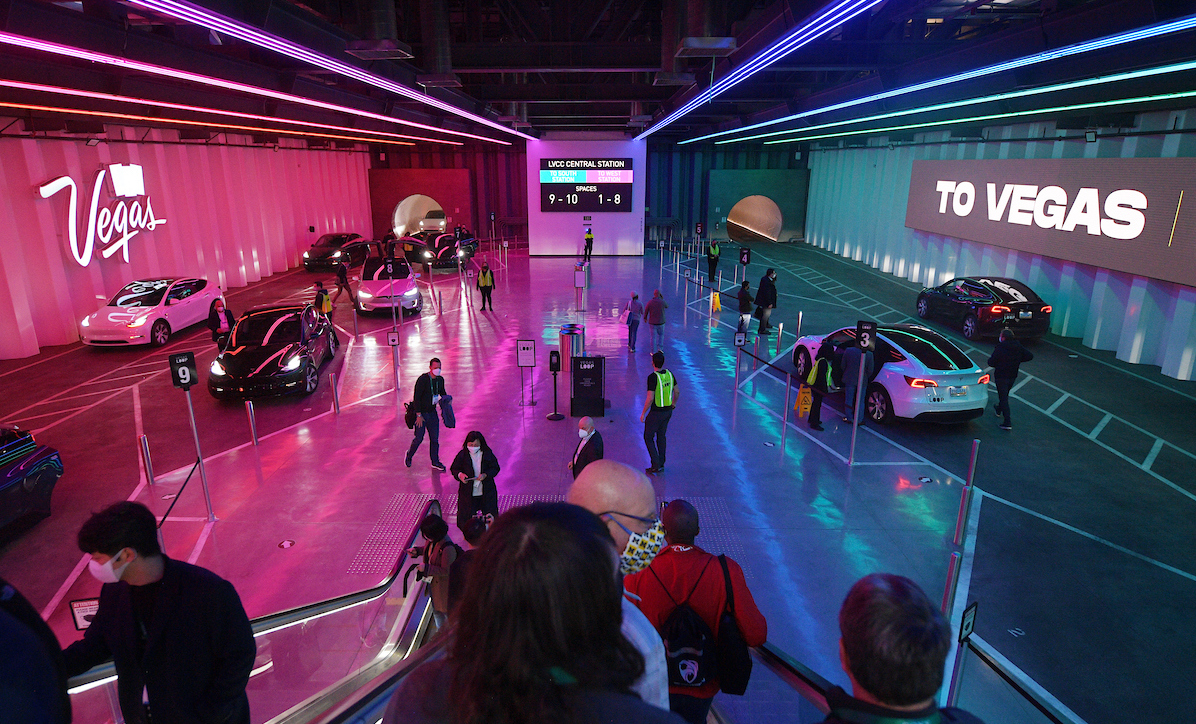
Tesla vehicles operating in the Boring Company’s Vegas Loop are about to get a big change, CEO Elon Musk said.
In Las Vegas, the Boring Company operates the Vegas Loop, an underground tunnel system that uses Teslas to drop people off at various hotspots on the strip. It’s been active for a few years now and is expanding to other resorts, hotels, and destinations.
Currently, there are stops at three resorts: Westgate, the Encore, and Resorts World. However, there will eventually be “over 100 stations and span over 68 miles of tunnel,” the Vegas Loop website says.
The Loop utilizes Tesla Model 3 and Model Y vehicles to send passengers to their desired destinations. They are now being driven using the Full Self-Driving suite, but they also have safety drivers in each vehicle to ensure safety.
Tesla Cybertruck rides are crucial for Vegas Loop expansion to airport
Tesla and the Boring Company have been working to remove drivers from the vehicles used in the Loop, but now, it appears there is a set timeline to have them out, according to CEO Elon Musk:
The Tesla cars operating in The Boring Company tunnels under Las Vegas will be driverless in a month or two https://t.co/mX4nNrJui9
— Elon Musk (@elonmusk) October 18, 2025
Musk says the Boring Co. will no longer rely on safety drivers within the Teslas for operation. Instead, Tesla will look to remove the safety drivers from the cars within the next month or two, a similar timeline for what Musk believes the Robotaxi platform will look like in Austin.
In Texas, as Robotaxi continues to operate as it has since June, there are still safety monitors within the car who sit in the passenger’s seat. They are there to ensure a safe experience for riders.
When the route takes the vehicle on the highway, safety monitors move into the driver’s seat.
However, Tesla wants to be able to remove safety monitors from its vehicles in Austin by the end of the year, Musk has said recently.
In early September, Musk said that the safety monitors are “just there for the first few months to be extra safe.” He then added that there “should be no safety driver by end of year.”
The safety driver is just there for the first few months to be extra safe.
Should be no safety driver by end of year.
— Elon Musk (@elonmusk) September 4, 2025
Elon Musk
Tesla Full Self-Driving gets an offer to be insured for ‘almost free’
“If @elonmusk is game, we’d be happy to explore insuring Tesla FSD miles for (almost) free.”
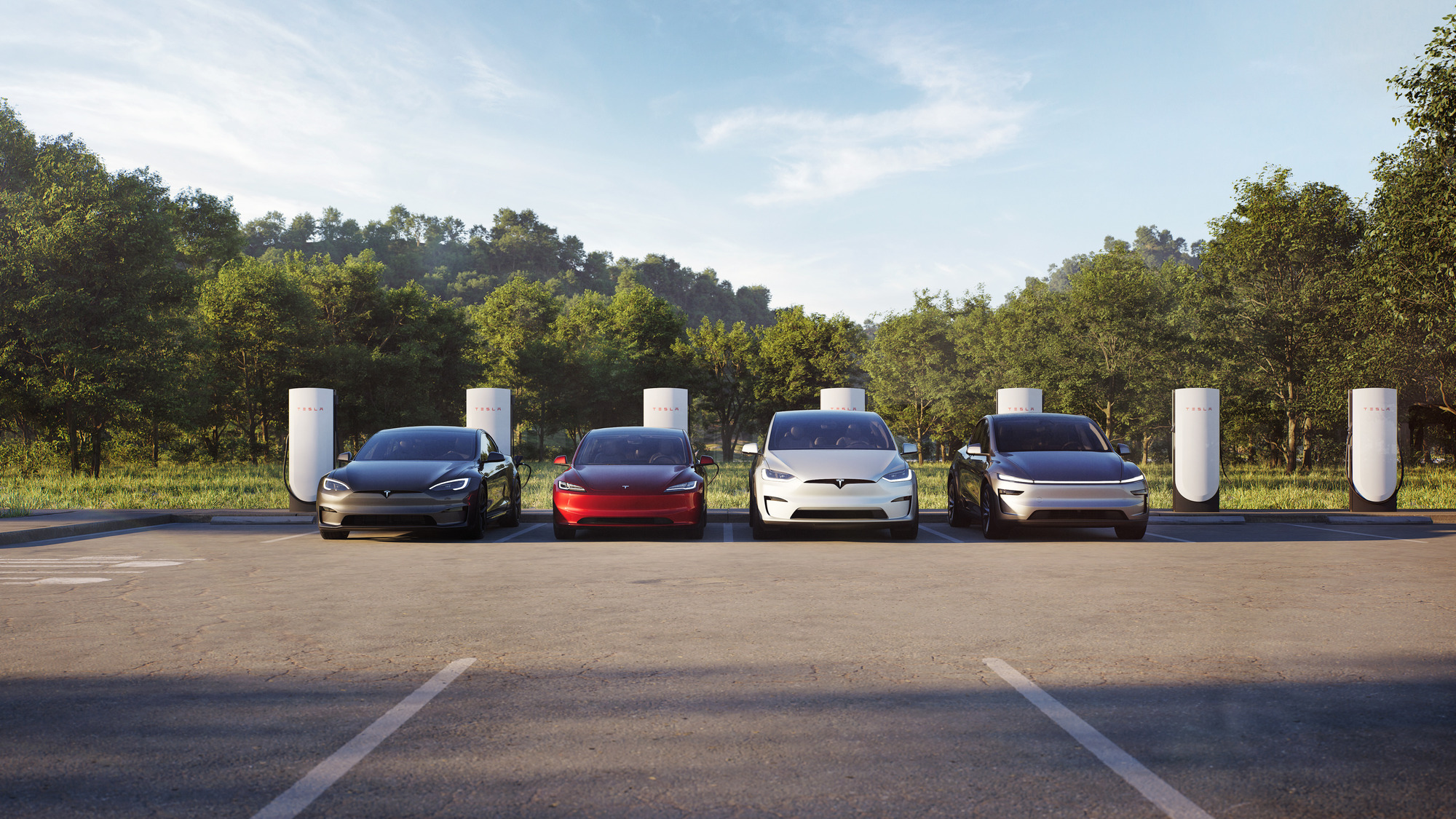
Tesla Full Self-Driving just got an insurance offer from Lemonade Co-founder and President Shai Wininger that might be too good to pass up, as he wants to insure vehicles on FSD for “almost free.”
Traditionally, Tesla vehicles are slightly more expensive to insure with traditional companies because of higher repair costs that stem from their technology and state-of-the-art structural battery design.
However, the development of the Full Self-Driving suite by Tesla has certainly pulled some tech entrepreneurs and others to believe the vehicles should be much cheaper to insure.
While there are certainly people on both sides of the spectrum, a handful of notable tech figures believe the data shows that Teslas operating on FSD are safer than human drivers.
Tesla Q2 2025 vehicle safety report proves FSD makes driving almost 10X safer
One of the tech figures who believes that is Shai Wininger, President and Co-founder of Lemonade, an insurance company that has nearly two million customers.
On X, Wininger recently announced the direct integration with Tesla vehicles that would roll out to Lemonade customers. The integration would “remove the need for a UBI device in our Pay Per Mile product. This makes activating Lemonade Car on Teslas effortless and lets us cut hardware and shipping costs, helping lower prices for Tesla drivers even further.”
He said the Tesla API complemented Lemonade’s platform because it provides “richer and more accurate driving behavior data than traditional UBI devices.”
He then proposed an idea to CEO Elon Musk, stating that Lemonade would “be happy to explore insuring Tesla FSD miles for (almost) free.”
If @elonmusk is game, we’d be happy to explore insuring Tesla FSD miles for (almost) free. https://t.co/VDcKX1JzSi
— Shai Wininger (@shai_wininger) October 17, 2025
It would provide Tesla drivers with stable and accurate insurance, while also incentivizing owners to utilize the Full Self-Driving suite for their miles, making the semi-autonomous driving platform extremely cost-effective to use.
Wininger said it would be available in states where Tesla’s in-house insurance program is not available. Tesla Insurance is available in twelve states, and is looking to expand in Florida, as we reported earlier this week. However, it has not expanded to a new state in about three years.
The thought of Lemonade being able to insure FSD miles for almost nothing is an extremely attractive offer from Wininger, and could potentially be a new outlet to make Teslas even less expensive to own and operate throughout their lifetime.
Elon Musk
Tesla CEO Elon Musk’s $1 trillion pay package hits first adversity from proxy firm
ISS said the size of the pay package will enable Musk to have access to “extraordinarily high pay opportunities over the next ten years,” and it will have an impact on future packages because it will “reduce the board’s ability to meaningfully adjust future pay levels.”
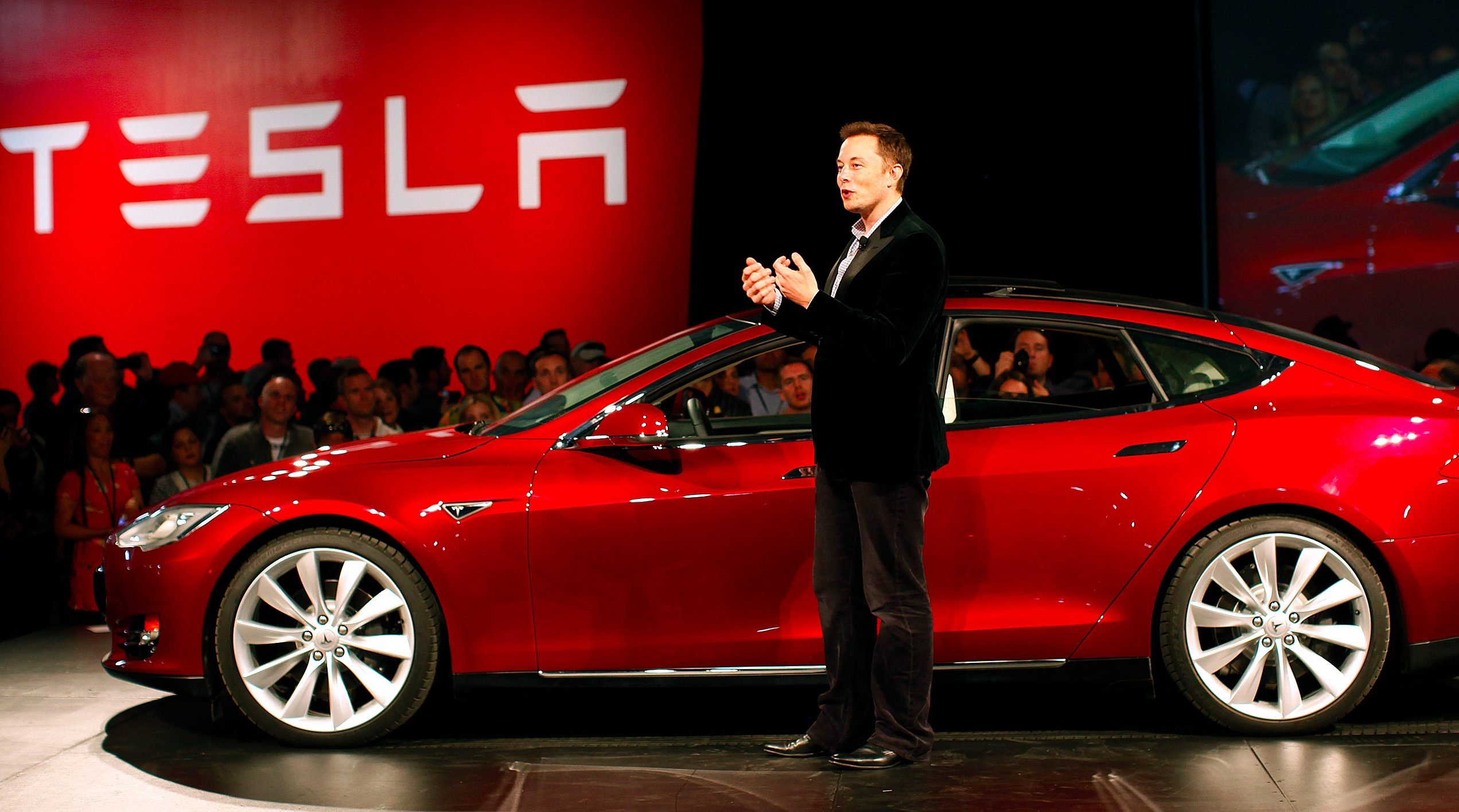
Tesla CEO Elon Musk’s $1 trillion pay package, which was proposed by the company last month, has hit its first bit of adversity from proxy advisory firm Institutional Shareholder Services (ISS).
Musk has called the firm “ISIS,” a play on its name relating it to the terrorist organization, in the past.
“ISIS”
— Elon Musk (@elonmusk) September 27, 2021
The pay package aims to lock in Musk to the CEO role at Tesla for the next decade, as it will only be paid in full if he is able to unlock each tranche based on company growth, which will reward shareholders.
However, the sum is incredibly large and would give Musk the ability to become the first trillionaire in history, based on his holdings. This is precisely why ISS is advising shareholders to vote against the pay plan.
The group said that Musk’s pay package will lock him in, which is the goal of the Board, and it is especially important to do this because of his “track record and vision.”
However, it also said the size of the pay package will enable Musk to have access to “extraordinarily high pay opportunities over the next ten years,” and it will have an impact on future packages because it will “reduce the board’s ability to meaningfully adjust future pay levels.”
The release from ISS called the size of Musk’s pay package “astronomical” and said its design could continue to pay the CEO massive amounts of money for even partially achieving the goals. This could end up in potential dilution for existing investors.
If Musk were to reach all of the tranches, Tesla’s market cap could reach up to $8.5 trillion, which would make it the most valuable company in the world.
Tesla has made its own attempts to woo shareholders into voting for the pay package, which it feels is crucial not only for retaining Musk but also for continuing to create value for shareholders.
Tesla launched an ad for Elon Musk’s pay package on Paramount+
Musk has also said he would like to have more ownership control of Tesla, so he would not have as much of an issue with who he calls “activist shareholders.”
-
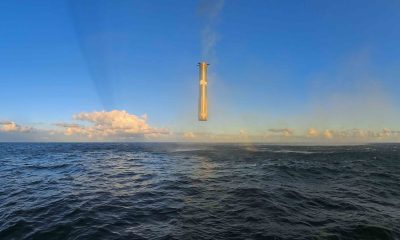
 Elon Musk3 days ago
Elon Musk3 days agoSpaceX posts Starship booster feat that’s so nutty, it doesn’t even look real
-

 Elon Musk2 days ago
Elon Musk2 days agoTesla Full Self-Driving gets an offer to be insured for ‘almost free’
-
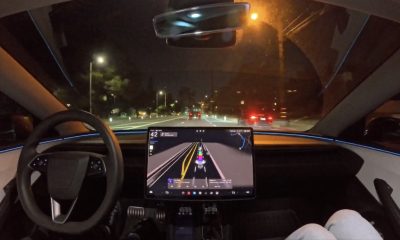
 News2 days ago
News2 days agoElon Musk confirms Tesla FSD V14.2 will see widespread rollout
-
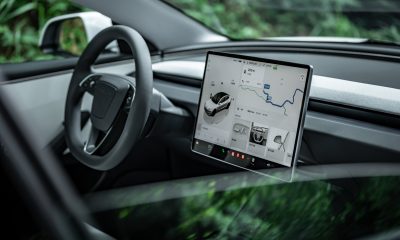
 News3 days ago
News3 days agoTesla is adding an interesting feature to its centerscreen in a coming update
-
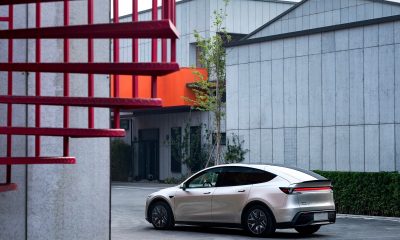
 News5 days ago
News5 days agoTesla launches new interior option for Model Y
-
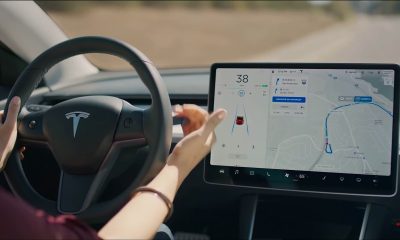
 News4 days ago
News4 days agoTesla widens rollout of new Full Self-Driving suite to more owners
-
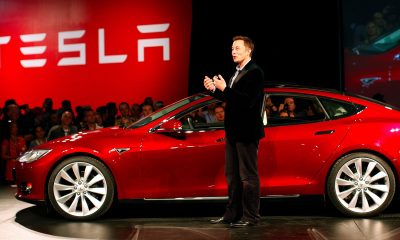
 Elon Musk2 days ago
Elon Musk2 days agoTesla CEO Elon Musk’s $1 trillion pay package hits first adversity from proxy firm
-
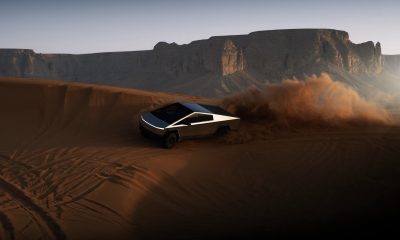
 News5 days ago
News5 days agoTesla makes big move with its Insurance program


